NYC’s Forgotten ‘War on Christmas Trees’
Discover how an obscure holiday crackdown affects festive street vendors today!



Image via New York Transit Museum Collection
No longer reviled as overcrowded, dirty, and decrepit, as it was in the 1970s, the MTA’s No. 7 line is now beloved, frequently topping lists of best subway line in New York City. So cherished is the 7 that the New York Transit Museum has mounted a handsome new exhibit in its honor, 7 Train: Minutes to Midtown. The first subway line in Queens, the 7 opened in 1915, having already stimulated a real estate boom that converted once rural areas into energetic urban neighborhoods of ethnic diversity, great restaurants, and unusual shops. Originally known as the Corona line, the 7 extends from its beginnings in the Steinway Tunnel to its most recent station, 34th Street – Hudson Yards on the Far West Side.

New York Transit Museum’s exhibit on the No. 7 Train, Grand Central Gallery Annex
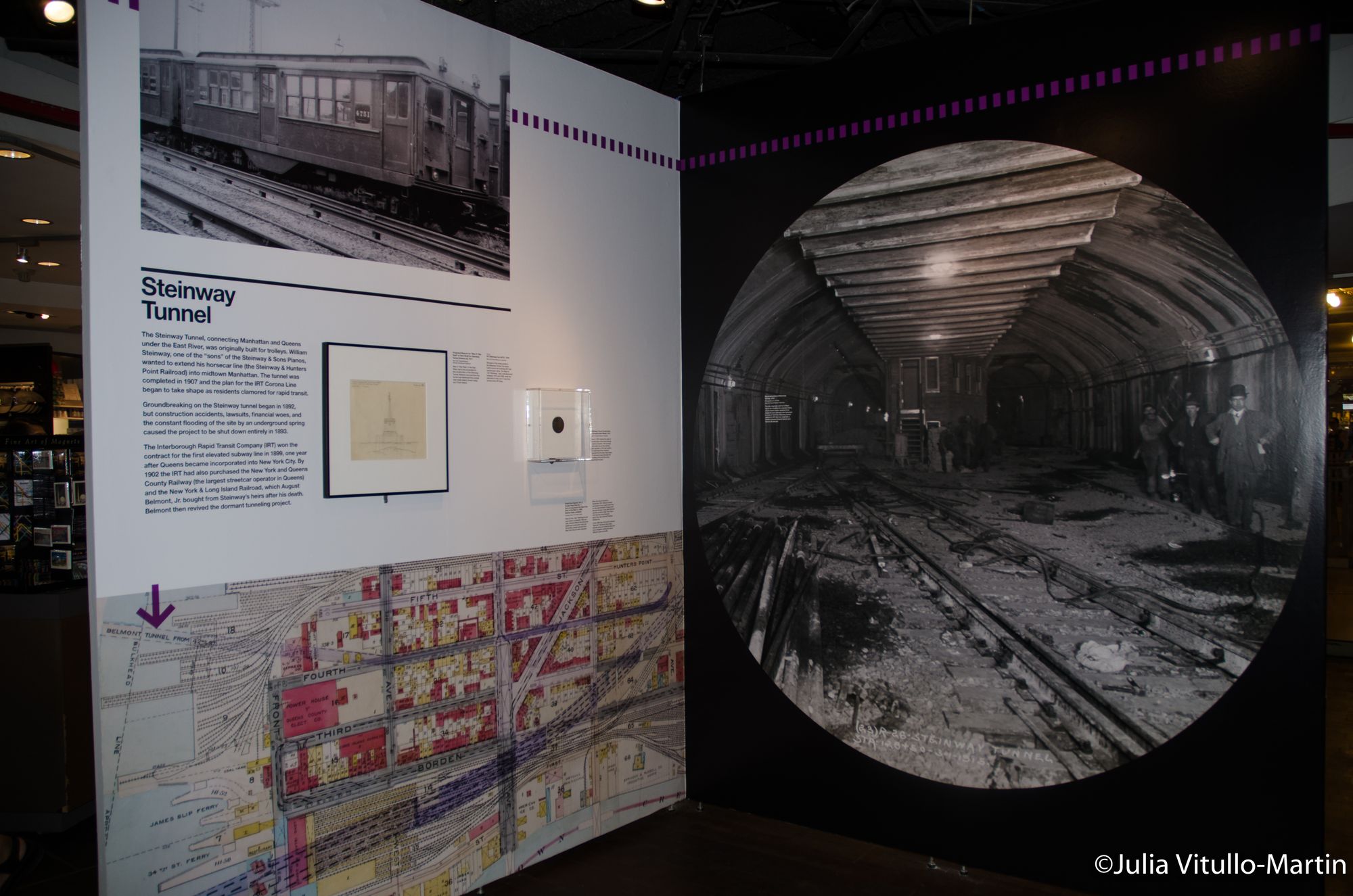
Reconstruction of Steinway Tunnel, 1915
Unlike most early subway lines, which were built to serve populated areas, the 7 was “designed to encourage growth and allow the city to expand eastward,” says the exhibit. “Lured by the promise of short commutes to Manhattan, the 7 train prompted a migration to the borough the population of Queens increased nearly 300% between 1910 and 1930.” Today’s 7 will help prompt a migration to the new neighborhood of Hudson Yards, where the increase in population is incalculable, as huge towers rise.
As Joseph Raskin argues in his fine historical book, The Routes Not Taken, bitter disagreements about how and where to extend the subway reflected two legitimate points of view: Some thought that transit should benefit the city’s farthest regions and beyond, while others urged transit for the densest neighborhoods. The 7 is an astonishingly consistent example of the first point of view applied in the early 20th century, but then remarkably applied again by the Bloomberg administration in the early 21st century.

Huge towers rise immediately adjacent to No. 7’s 34th St-Hudson Yards stop.
The Hudson Yards stop became New York City’s first new subway station in a quarter-century. It was also the first subway extension paid for by the City in more than 60 years. (That earlier expansion in the subway system was the extension of the Queens Boulevard line to Jamaica-179th Street in 1950.)
While New Yorkers debate the current state of their subway, they can now ponder its crucial role in the city’s prosperity and development at this exhibit, and give an affectionate nod to the 7, the ultimate poster child for transit-oriented development.
The exhibit displays historical images of the line from as far back as 1916, juxtaposed with modern images of the same areas. Other display items include a New York & Long Island City ferry ticket from the late 1800s, station wayfinding signs dating from between 1928 and 1949, and a Queensboro Bridge Railway token from 1945, and archival transit maps featuring subway and elevated line expansion in Queens.
7 Train: Minutes to Midtown is actually the second of a three-part series exploring transportation’s role in shaping New York City. The third part, From Fulton Ferry: Building Downtown Brooklyn, will be on view in the fall of this year at the Transit Museum’s Downtown Brooklyn location.
In the meantime, check out a sneak peek from the New York Transit Museum below!
Image via New York Transit Museum Collection

Image via New York Transit Museum Collection

Image via New York Transit Museum Collection

Image via New York Transit Museum Collection

Image via New York Transit Museum Collection
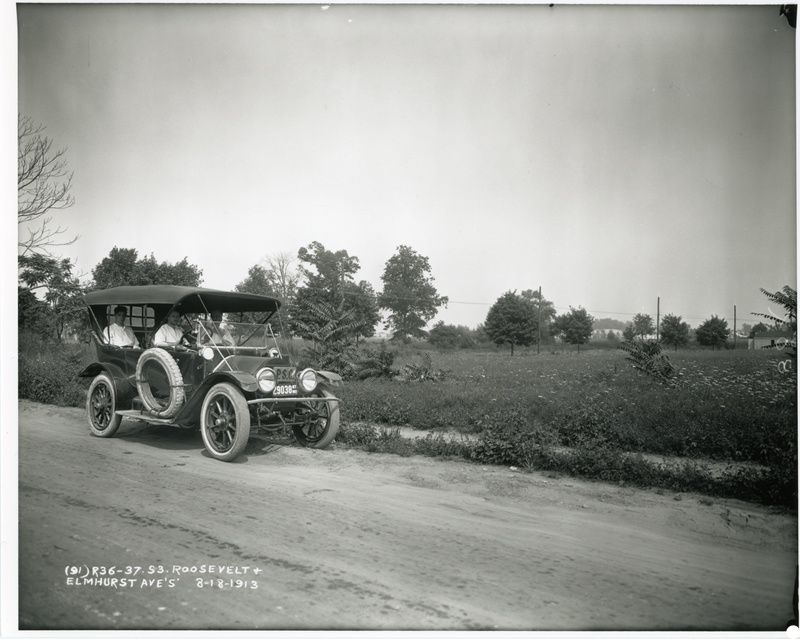
Image via New York Transit Museum Collection
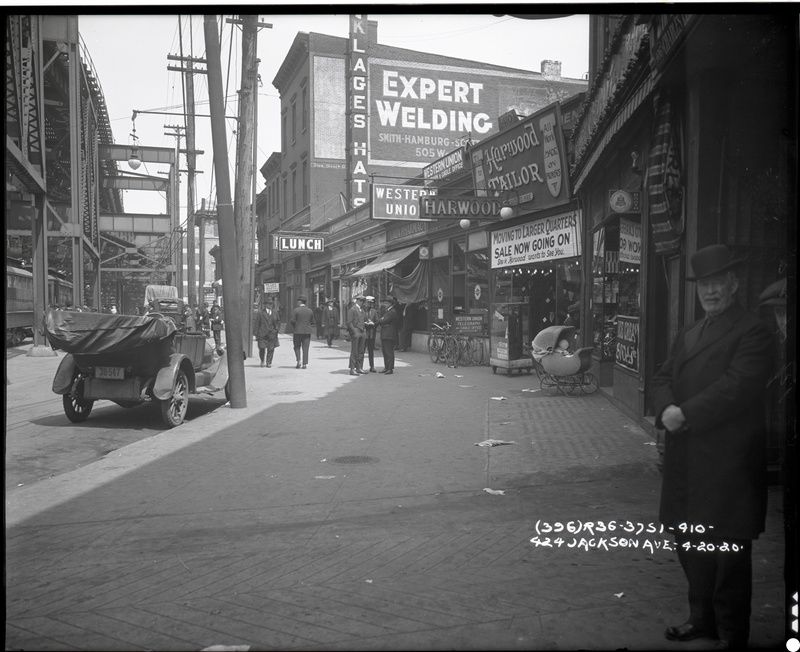
Image via New York Transit Museum Collection

Image via New York Transit Museum Collection
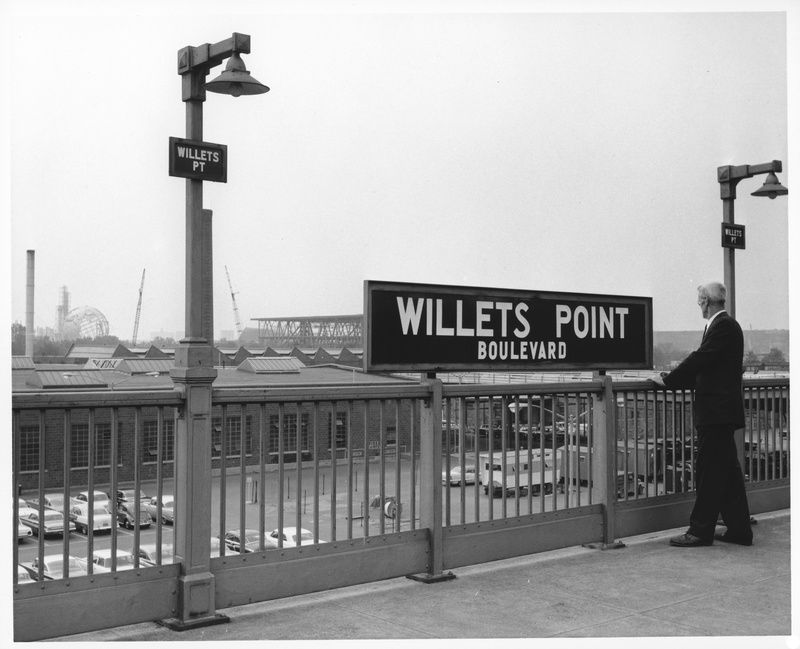
Image via New York Transit Museum Collection

Image via New York Transit Museum Collection

Image via New York Transit Museum Collection

Image via New York Transit Museum Collection
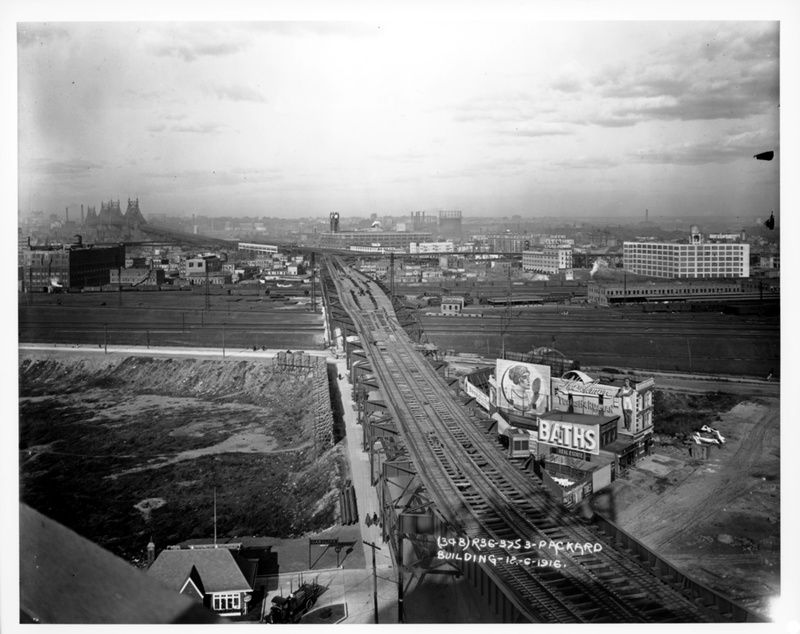
Image via New York Transit Museum Collection

Image via New York Transit Museum Collection

Image via New York Transit Museum Collection
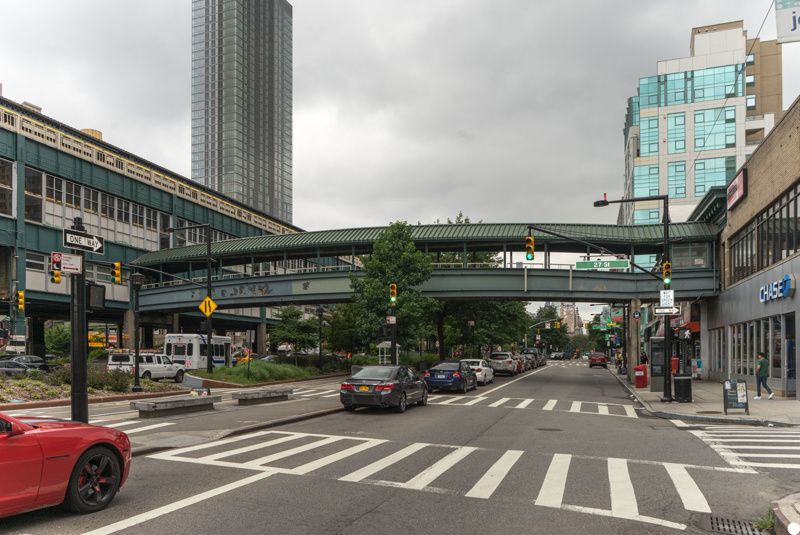
Image via New York Transit Museum Collection
In a press release, Museum Director Concetta Bencivenga expressed excitement about the exhibit, saying, “We are incredibly proud to share this story of Queens and how it was transformed from bucolic farmland to the world’s cafeteria in the span of a century. At its inception, the New York City subway was a means to decongest lower Manhattan and draw the population of the city northward. The story of Queens, and by extension the 7 train, was and continues to be, one of vision; whether a hundred years ago with the Steinway Tunnel, or right now with Hudson Yards, the 7 train established communities, a neighborhood, and an entire borough, by providing people with access to transportation.”
The New York Transit Museum’s 7 Train: Minutes to Midtown will run through October 29, 2017.
Where: New York Transit Museum Gallery Annex & Store at Grand Central Terminal, Shuttle Passage adjacent to the Station Master’s Office.
Monday – Friday: 8 am – 8 pm
Saturday – Sunday: 10 am – 6 pm
Closed: Holidays
FREE
Julia Vitullo-Martin is a Senior Fellow at the Regional Plan Association. Get in touch with her @JuliaManhattan.
Subscribe to our newsletter